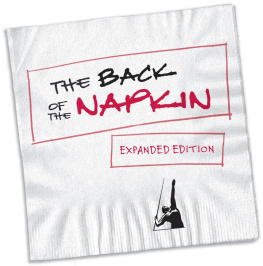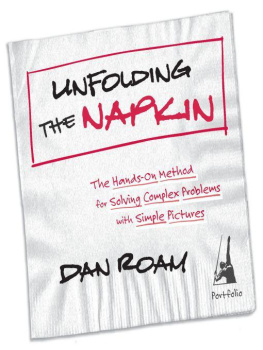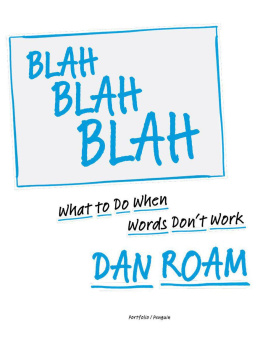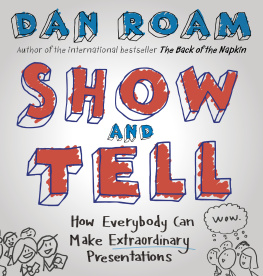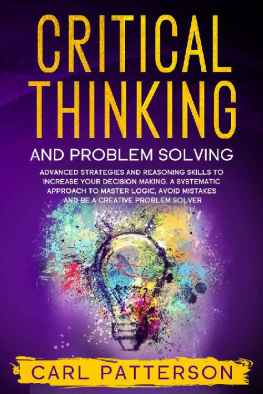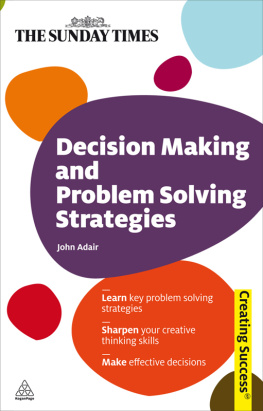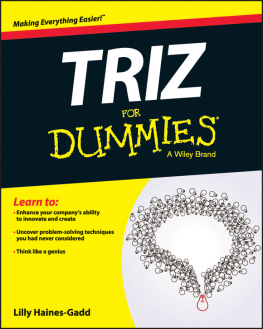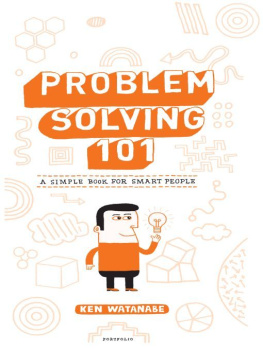

PORTFOLIO
Published by the Penguin Group
Penguin Group (USA) Inc., 375 Hudson Street, New York, New York 10014, U.S.A. Penguin Group (Canada), 90 Eglinton Avenue East, Suite 700, Toronto, Ontario, Canada M4P 2Y3 (a division of Pearson Penguin Canada Inc.) Penguin Books Ltd, 80 Strand, London WC2R 0RL, England Penguin Ireland, 25 St. Stephens Green, Dublin 2, Ireland (a division of Penguin Books Ltd) Penguin Books Australia Ltd, 250 Camberwell Road, Camberwell, Victoria 3124, Australia (a division of Pearson Australia Group Pty Ltd) Penguin Books India Pvt Ltd, 11 Community Centre, Panchsheel Park, New Delhi 110 017, India Penguin Group (NZ), 67 Apollo Drive, Rosedale, North Shore 0632, New Zealand (a division of Pearson New Zealand Ltd) Penguin Books (South Africa) (Pty) Ltd, 24 Sturdee Avenue, Rosebank, Johannesburg 2196, South Africa
Penguin Books Ltd, Registered Offices:
80 Strand, London WC2R 0RL, England
First edition published in 2009 by Portfolio, a member of Penguin Group (USA) Inc.
10 9 8 7 6 5 4 3 2 1
Copyright Digital Roam, Inc., 2008, 2009
All rights reserved
Library of Congress Cataloging-in-Publication Data
Roam, Dan.
The back of the napkin : solving problems and selling ideas with pictures / Dan Roam.Expandeded.
p. cm.
Includes index.
ISBN 978-1-59184-306-1
1. Problem solvingAudio-visual aids. 2. ManagementAudio-visual aids. 3. Visualization. 4. Creative ability in business. I. Title.
HD30.29.R625 2010
658.403dc22 2009038262
Printed in the United States of America
Set in Dante MT with Felt Tip and Divine
Illustrations by the author
Designed by Daniel Lagin
Without limiting the rights under copyright reserved above, no part of this publication may be reproduced, stored in or introduced into a retrieval system, or transmitted, in any form or by any means (electronic, mechanical, photocopying, recording or otherwise), without the prior written permission of both the copyright owner and the above publisher of this book.
The scanning, uploading, and distribution of this book via the Internet or via any other means without the permission of the publisher is illegal and punishable by law. Please purchase only authorized electronic editions and do not participate in or encourage electronic piracy of copyrightable materials. Your support of the authors rights is appreciated.
For Isabelle.
You saw this book coming long before I did, and you saw it through in every way. Now thats love.
Foreword
One Day on the MTA
One day in the fall of 2006 I boarded the New York City subway heading downtown. Ted Weinstein, a literary agent who thought I had a good idea for a business book, had arranged for me to meet the publisher and several other important people at Penguin, the worlds largest publishing house. Ted thought I was ready to pitch my idea and agreed to meet me at the Penguin offices to make the introductions.
On the train I ran through my pitch one more time. The name of my book is The Million-Dollar Chart: The Consultants Guide to Visual Thinking. It is about how business consultants can be more effective in discovering, developing, and sharing innovative ideas by using pictures.
I thought the pitch sounded good, but I was worried about one critical part. The book revolved around a series of questions I thought businesspeople should ask themselves when they wanted to express an idea visually. The questions varied from Should I show a numeric view of my idea or an intuitive view? to Should I show my idea by itself or compared to something else?
All told, there were five sets of these questions, and Id been refining them for years. I knew the questions were effective and comprehensive for visual brainstorming, but I also knew that I was going to forget half of them once I got in the meeting. I needed some way to remember them all.
I pulled out my notebook and, as the subway train swayed along the tracks, wrote down all five:
V ision or Execution?
C hange or Status Quo?
S imple or Elaborate?
Q ualitative or Quantitative?
I ndividual or Comparison?
Then I started combining the first letters of each question to see if I could make up some kind of acronym or mnemonic to help me remember them all:
VCSQI
Yuck. What a horrible Scrabble hand: only one skinny vowel among a set of sharp consonants. Try as I might, I couldnt find an arrangement that made any sense.
SCIVQ VISCQ
The train was now three stops away from Penguin. I stared at the meaningless letters.
QVISC ISQCV SICQV
Two stops to go. The best I could come up with was SQVIC; if I imagined the V as a U (in the way that stonemasons used to carve letters on the pediments of important government buildings), I at least had something semi-pronounceable: SQUIC. (Skwik? Skweek?)

One stop to go.
Then it dawned on me. Change is often represented by the Greek symbol for delta or D. If I swapped D for that final C, I could get SQVID.
SQVID
SQUID! I yelled to myself, Thats it! I can remember that! Plus, a squid is a slippery animal with lots of armsfrighteningly similar to my list of questions, frankly.
Squid it was. The train stopped and I got off.
Ladies and Gentlemen, Meet the Squid
In the meeting I pitched my book. People seemed intrigued. Using pictures as a business tool was new, and I had lots of good example drawings that I handed around the table. After a few minutes I noticed a big whiteboard behind me. I picked up a marker and said, If you dont mind, Id like to show you exactly what Im talking about.
I turned to the whiteboard and started drawing a really ugly picture of a five-armed squid. Imagine the book being based around a series of simple questions we can ask ourselves in order to clarify our visual thinking. I drew an S on one of the arms.
Do we want to show a simple view of our idea, or a complex view?
I drew Q on another arm. Do we want to show a qualitative view or a quantitative view?
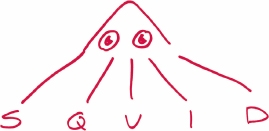
V. Do we want to show our vision or how we think we need to execute to achieve it?
I. Do we want to show our ideas individual traits or compare it to something else?
D. Do we want to show change (delta), or do we want to show the way things are right now?
I put down the marker. This set of questions, this SQVID, is one of the central tools of the book. Simple tools like this that will make sure everyone in business sees how they can use pictures to solve problems, even if they cant draw.
Too Many Colors
Going to the whiteboard and drawing that squid changed the meeting. Before, everyone had listened politely to my pitch, nodding at the appropriate times, but mine had been the only voice in the room. Now everyone started talking. Thats so cool! I get it! What a nice modelsay, you could use that squid for all kinds of problem solving, couldnt you?
After a moment, the publisher spoke up. Dan, we really like your idea.
Ted and I beamed.
Next page
